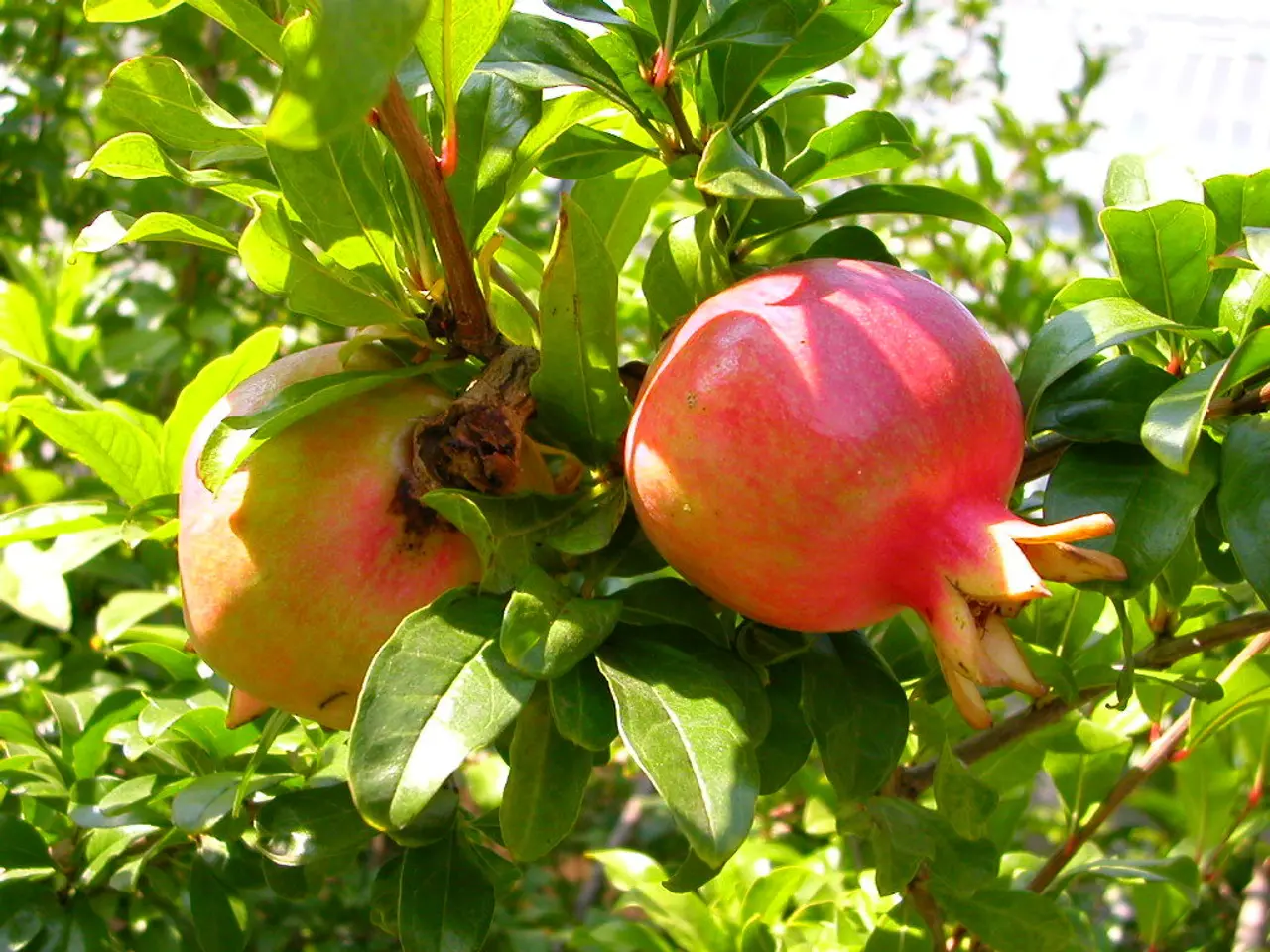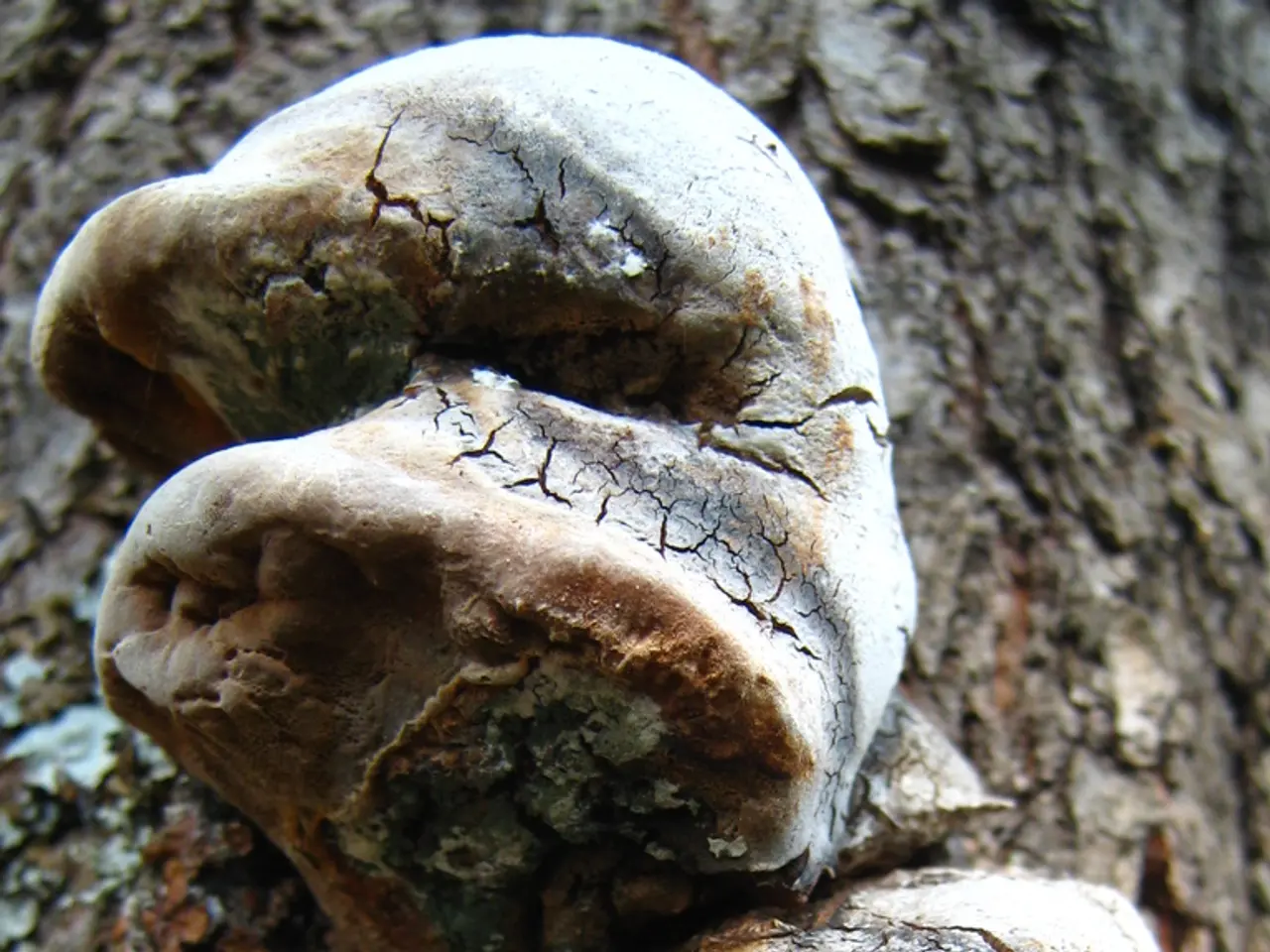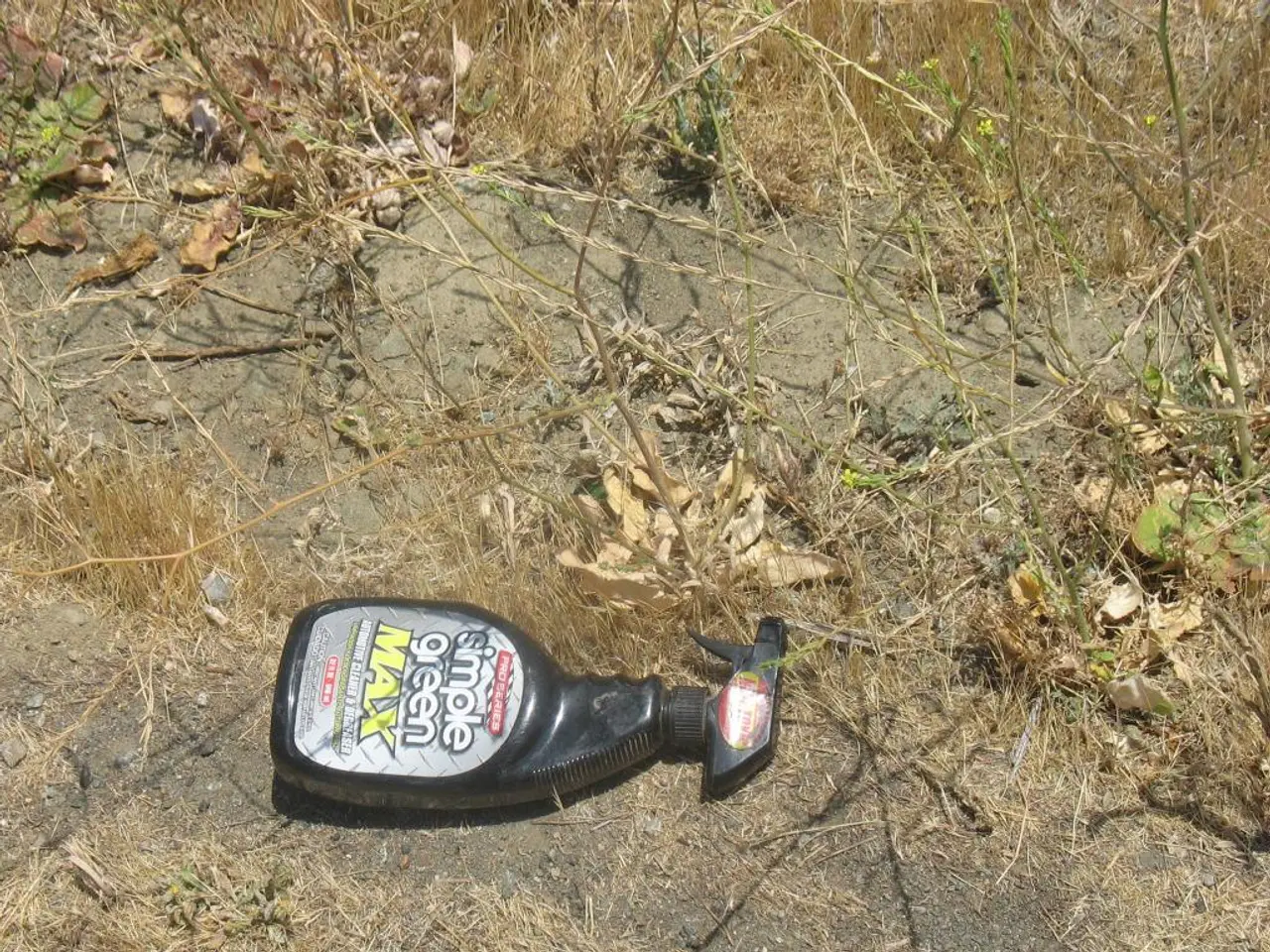Guide on Cultivating Lupins: A Comprehensive Guide
Liven Up Your Garden with Lupins:
Say hello to lupins, the charismatic stars of cottage gardens! These vibrant plants offer a spectacular display of color and height, perfect for making a statement in your borders from May to June. Lupin flowers, reminiscent of peas, are adored by bumblebees and make beautiful cut flowers.
Most lupins are perennials, hardy, and herbaceous, meaning they revive in the spring after their growth fades in the autumn. The shrubby 'tree' lupins are less common, forming a woody framework of branches. However, even these captivating plants have a lifespan of about six years, so be prepared for a renewal.
Planting Lupins:
To bring lupins to your garden, begin by digging a planting hole in well-drained soil, planting and firming in place. It's best to plant lupins in groups of three or five for a stunning impact. Due to their short flowering period and deep taproots, lupins are ideal for borders. If you'd like to grow lupins in containers, choose pots at least 35cm deep and use a soil-based potting compost.
Maintaining Lupins:
Water newly planted lupins for the first few months, ensuring they become established. For pot-grown plants, provide water as needed. Taller lupin varieties might need staking or support. Remember to deadhead lupins once they've finished blooming, cutting back to ground level, which could encourage a second flush of blooms. In autumn, trim all growth back to the ground. Lupins are toxic if consumed, so wearing gloves is advisable when handling.
Take a look at this video featuring Debbie Copeman from Glebelands Nursery, where she shares her top tips for caring for lupins. She demonstrates how to keep slugs and aphids at bay:
Propagating Lupins:
Propagating lupins can be achieved through various methods, with taking cuttings being the easiest. Collecting seed, growing from seed, or dividing mature clumps are other viable options. If you'd like to collect seed, avoid deadheading after flowering, and let the seed pods mature and darken before harvesting and sowing the following spring. For best results, use a sharp knife to nick the hard seeds, soak in water overnight, and sow in seed compost mixed with perlite. Lupins do not come true to type from seed, so plants grown from seed will likely display a mix of colors.
Dividing established clumps of lupins can be a bit tricky due to their strong central taproot. Only divide if the plant has several distinctly different crowns. Replant the divisions immediately into soil refreshed with compost or soil conditioner.
Problems with Lupins:
Growing lupins in their preferred conditions of sun and moist but well-drained soil helps prevent several potential problems. For example, if lupins go brown and die after flowering, it could be a sign of poor water or nutrient management during the growing period. Provide sufficient water and mulch, and the plant might regrow next year. In dry summers, the lower leaves of lupins may lie flat on the ground. This is typically due to drought, so give your lupin a good drink of water and avoid over-feeding. The flattened leaves could also provide shelter for slugs and snails, so it may be beneficial to remove them.
Lupins are prone to spring shoot damage from slugs and snails, so be vigilant against attacks. Protect lupins using a barrier method like grit, granules, or copper tape, or opt for wildlife-friendly slug pellets.
The lupin aphid (Macrosiphum albifrons) can be problematic for lupins. These aphids can form large colonies and gradually weaken the plant. Aphid infestations can usually be managed by birds and other predators. If you don't see signs of the colonies abating, consider cutting off very infested flower spikes and blasting them with a burst of water from your hose. In extreme cases, chemical control may be necessary, but keep in mind that these chemicals can harm or even kill bees.
Here's a selection of some great lupins to cultivate:
- Lupinus 'Cashmere Cream' - reaching 90cm, offering creamy white flowers in June
- Lupinus 'Rachel de Thame' - boasting stunning white and pink lupins with June blooms
- Lupinus arboreus (pictured) - a beautiful evergreen shrub reaching 2m in height
- Lupinus 'The Pages' - growing to an impressive 1.2m with dark maroon spires of flowers in May and June
- Lupinus 'Russell Hybrids Mixed' - offering a lovely variety of yellow, blue, red, and pink flowers in May and June
- Lupinus 'Terracotta' - displaying warm orange/red flowers from May to July, reaching a height of 1m
FAQs:
Are lupins poisonous?
Yes, lupins are poisonous if ingested by humans or animals. Lupins contain high levels of the toxic alkaloid lupanine, causing symptoms like internal discomfort, dilated pupils, and dizziness. It is recommended to wear gloves when handling lupins.
Help! My lupins are drooping!
Lupins may droop if they receive too little or too much water, or if they have recently been transplanted. Check the soil, and if it's dry, give it a good drink. If it's moist, decrease watering for a few days. If the lupin has been recently transplanted, water it every day for a few days until you notice new growth. A drooping dip should perk up, but tall flower stems may need to be cut back.
Help! My lupins aren't flowering!
Ensure your lupins receive full sun to partial shade, as they thrive best in these conditions. If they appear healthy yet aren't blooming, they might not be receiving enough sunlight. If possible, provide more sunny spots for your lupins, and they should start blooming. For the best results, try to relocate the plants on a cloudy day and water thoroughly to minimize the shock of transplanting.
References:[1] https://www.rhs.org.uk/plants/33773/Lupinus-hybrids/Details[2] https://www.almanac.com/plant/lupin-lupinus[3] https://www.gardeningknowhow.com/ornamental/plants/lupin/caring-for-lupine-plants.htm[4] https://americanmeadows.com/blogs/garden-tips/how-to-care-for-lupin-plants[5] https://gpodder.com/episodes/sow-and-grow-ep10-lupin/126848057
Nurturing a home-and-garden lifestyle, lupins make fantastic additions to your flower beds and cottage gardens due to their lifestyles as perennials and the vibrant beauty they bring from May to June. Gardening enthusiasts can propagate lupins using various methods, including taking cuttings or growing from seed, or by dividing mature clumps. It's essential to maintain lupins by watering newly planted ones for the first few months, ensuring they receive sufficient water, and deadheading once they finish blooming.








